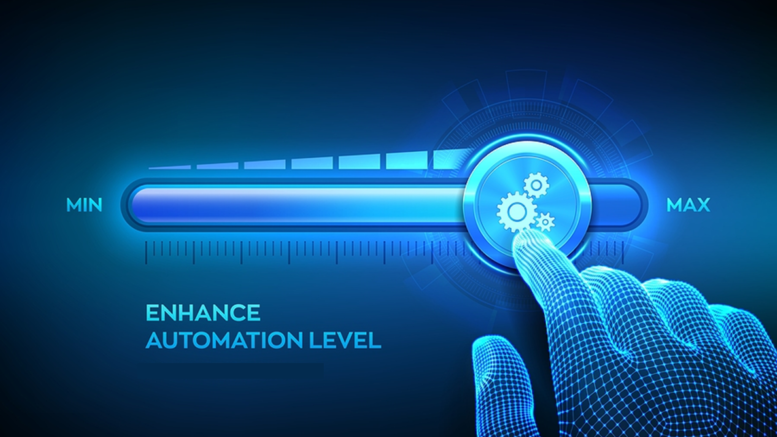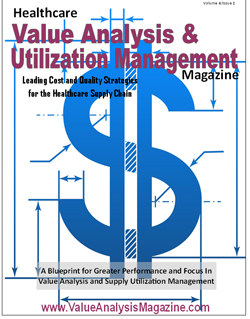In today’s fast-paced healthcare world, value analysis practitioners are constantly looking for ways to streamline their processes and increase efficiency. However, many hospitals, systems, and IDNs are still relying on manual systems and spreadsheets for important decision making, which can lead to delays and errors.
“Close to one in four (22%) of respondents still rely heavily on manual methods to process data, which can lead to inefficiencies and errors,” states a recent GHX Survey.
The Problem with Manual Systems
Manual systems, such as spreadsheets and paper-based processes, have been used for decades by value analysis staff to track and analyze data. While these systems may have been effective in the past, they are no longer sufficient for today’s complex healthcare environment. Manual systems are prone to human error, which can lead to incorrect data and decisions. They are also time-consuming, as employees must manually input and analyze data, (or deal with hundreds of emailed requisitions annually) which can result in delays and missed opportunities.
The Solution: Automated Systems
The solution to overcoming the challenges of manual systems is to implement automated systems. Automated systems use technology to streamline processes and eliminate human error. For example, value analysis practitioners can use automated systems to receive, triage, and track new product, service, and technology requisitions, analyze data, and make decisions. This automation not only saves time and reduces errors, but it also allows for real-time data analysis, and provides you with up-to-date information for decision making.
The Benefits of Automated Systems
Automated systems offer numerous benefits for value analysis professionals, including:
- Increased efficiency: Automated systems can perform tasks faster and more accurately than manual systems, saving time and resources.
- Real-time data analysis: With automated systems, value analysis staff can access real-time data, allowing for faster and more informed decision making.
- Reduced errors: Automated systems eliminate human error, resulting in more accurate data and decisions.
- Cost savings: By streamlining processes and reducing errors, hospitals, systems, and IDNs can save money and increase profitability.
Implementing Automated Systems
Implementing automated systems may seem like a daunting task, but it is a necessary step for value analysis practitioners looking to stay current in today’s market. The first step is to identify areas where manual systems are causing delays or errors. This could include project management, requisition processing, data analysis, or decision-making. Once these areas have been identified, you can research and invest in automated systems that best fit your needs.
Improve Your Value Analysis Decision-Making Process
Manual systems, like spreadsheets, may have been effective in the past, but they are no longer sufficient for today’s fast-paced healthcare environment. By implementing automated systems, you can overcome the challenges of manual systems and improve your value analysis decision making. This not only saves time and resources, but it also allows businesses to make more informed decisions and increase profitability. Don’t let manual systems hold your business back. Make the switch to automated systems today.
| About Robert T. Yokl, Founder & Chief Value Strategist for SVAH Solutions |
|---|
| Robert T. Yokl is President and Chief Value Strategist at SVAH Solutions. He has four decades of experience as a healthcare supply chain manager and consultant, and also is the co-creator of the Clinitrack Value Analysis Software and Utilizer Clinical Utilization Management Dashboard that moves beyond price for even deeper and broader clinical supply utilization savings. Yokl is a member of Bellwether League’s Bellwether Class of 2018. https://www.SVAH-Solutions.com https://www.SavingsValidator.com |
Articles you may like:
Value Analysis Professionals: Our Time is Now…Are You Ready?





